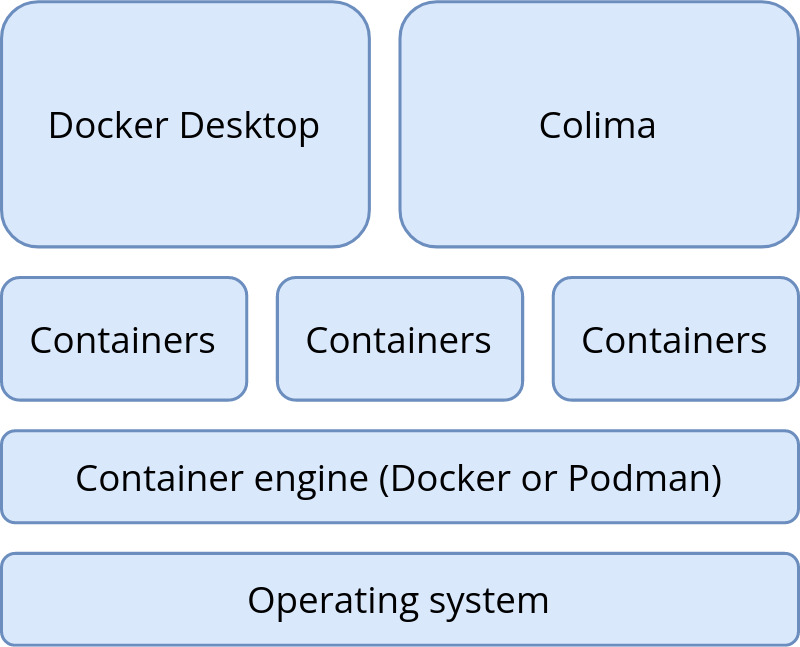
Tip: Critical thinking skills can be really valuable for Software engineers, Product and many other walks of life. It’s about approaching new information with a mix of humble curiosity and doubt.
Think independently and ask good questions that help make thoughtful decisions.
In broad strokes, some of the questions I like to ask based on critical thinking are:
➡️ How do we know we’re solving the right problem?
➡️ How do we know we’re solving the problem in the right way? (i.e. balancing rigor and efficiency, given our understanding of the problem and constraints)
➡️ If we don’t know the sources of our problem, how can we determine the root cause?
➡️ How can we break the key question down into smaller questions that we can analyze further?
➡️ Once we have one or more hypotheses, how do we structure work to evaluate them?
➡️ What shortcuts might we take if we’re under constraints (time pressure) without unduly compromising our analytics rigor around the question?
➡️ Does the evidence sufficiently support the conclusions?
How do we know when we are done? When is the solution “good enough”?
➡️ How do I communicate the solution clearly and logically to all stakeholders?
I’ve found these questions often help. Sometimes we’ll address the symptom of a problem, only to discover there are other symptoms that pop up. At other times, we might quickly ship a solution that creates more problems later down the road.
With a lens on critical thinking, we might challenge assumptions, look closer at the risk/benefit, seek out contradictory evidence, evaluate credibility and look for more data to build confidence we are doing the right thing.
Being in engineering or product, we can sometimes rush to solve a problem right away so it feels like we’re making progress or looks like we’re being responsive to stakeholders. This can introduce risks if we aren’t asking the right questions before doing so, fully considering causes and consequences. Put another way, critical thinking is thinking on purpose and forming your own conclusions. This goal-directed thinking can help you focus on root-cause issues that avoid future problems that arise from not keeping in mind causes and consequences.
Critical thinkers:
➡️ Raise mindful questions, formulating them clearly and precisely
➡️ Collect and assess relevant information, validating how they might answer the question
➡️ Arrive at well-reasoned conclusions and solutions, testing them against relevant criteria and standards
➡️ Think open mindedly within alternative systems of thought, recognizing and assessing, as need be, their assumptions, implications, and practical consequences
➡️ Communicate effectively with others in figuring out solutions to complex problems

